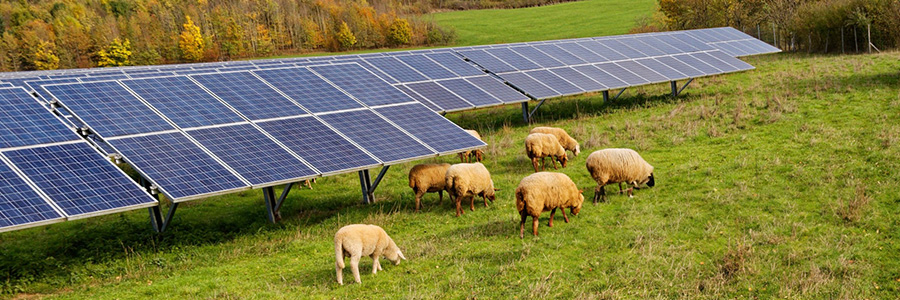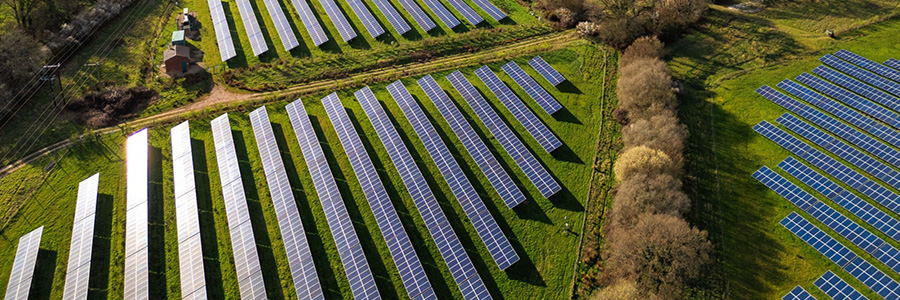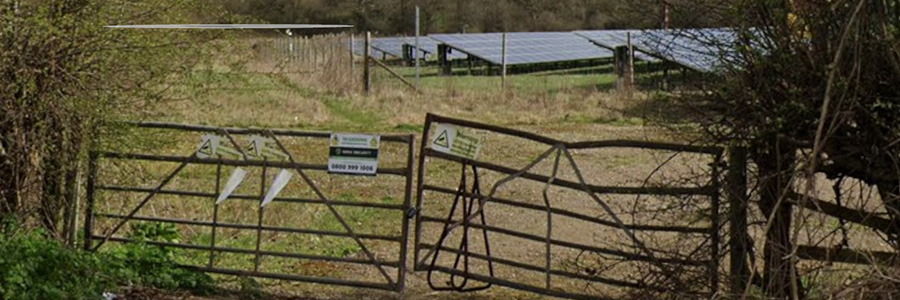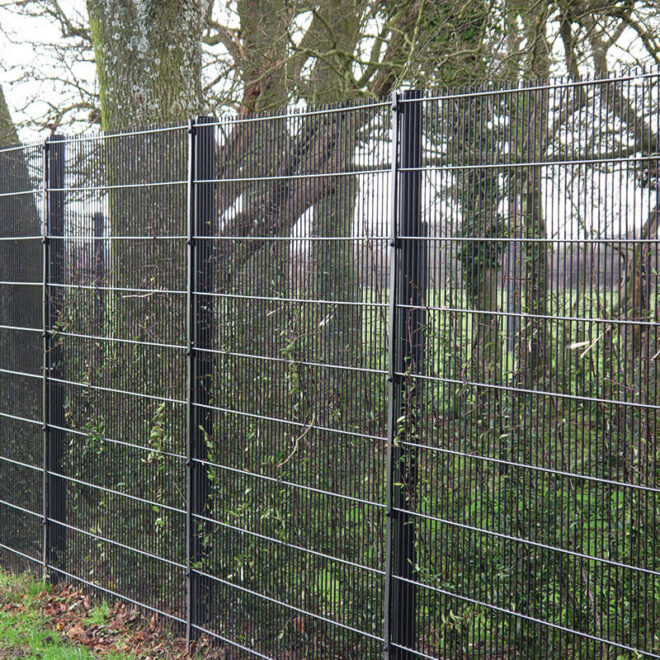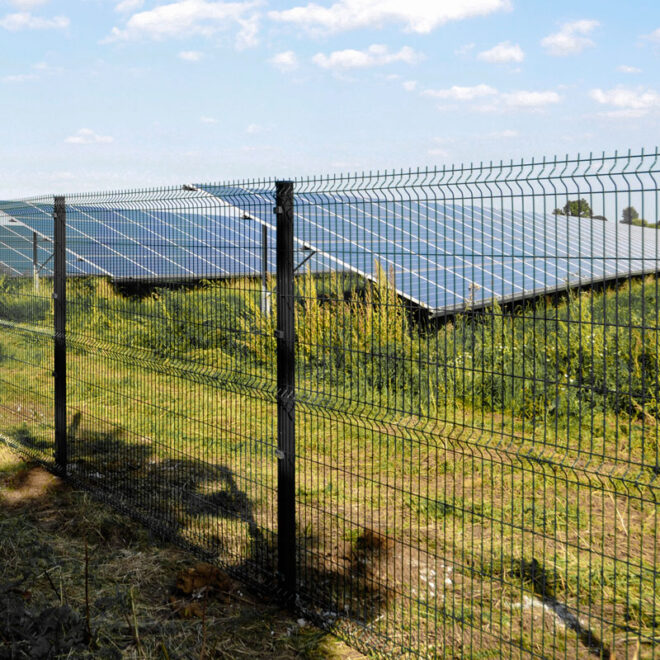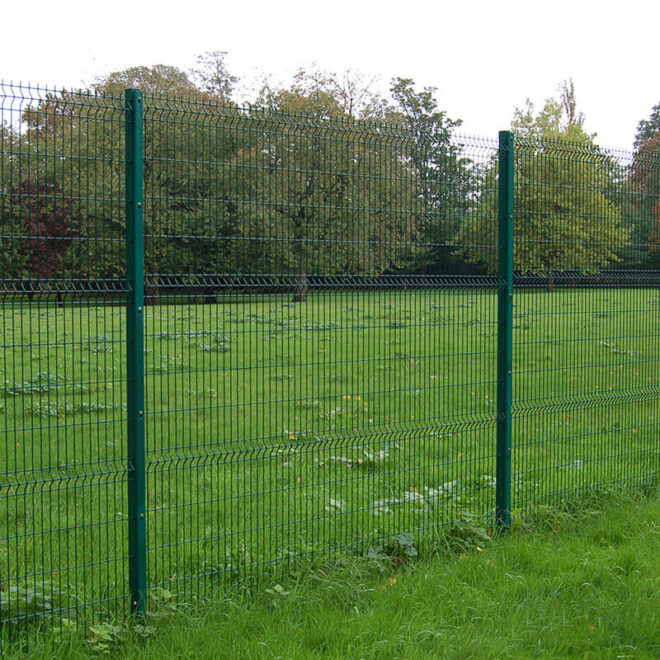Published:
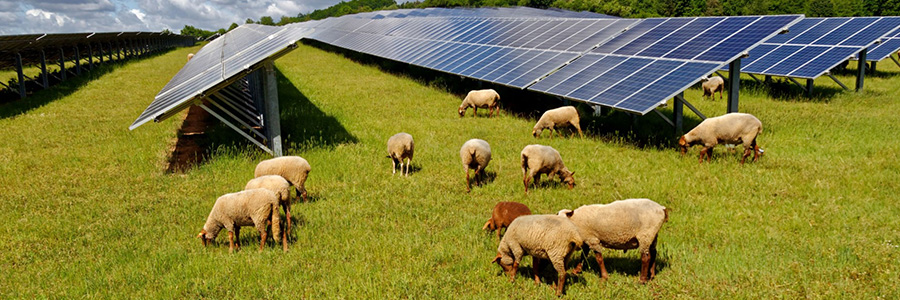
As the UK accelerates its transition to renewable energy in its goal to reach net zero by 2050, solar farms are becoming an increasingly popular investment for landowners and businesses looking to generate sustainable power. However, the process is neither simple nor speedy.
So, whether you’re considering converting farmland into a solar park or investing in a new development, understanding what’s involved is essential. From planning permission to land requirements, as experts in solar farm security, we will walk you through starting a solar farm.
Do You Need Planning Permission for a Solar Farm?
Planning permission is a crucial step in developing a solar farm. While smaller rooftop installations often fall under permitted development, solar farms require approval, no matter the size.
The size, however, does determine which body decides the application. In England, for example, solar farms with a generating capacity below 50 megawatts (MW) need planning permission from the local planning authority (LPA). Solar farms with a generating capacity above 50 MW need development consent from the Secretary of State for Energy Security and Net Zero because they are nationally significant infrastructure projects (NSIPs).
Factors such as environmental impact, land use classification, and visual aesthetics are assessed before permission is granted by either body.
Tip: For a detailed breakdown of the planning permission process for solar installations, read our article on Planning Permission for Solar Panels.
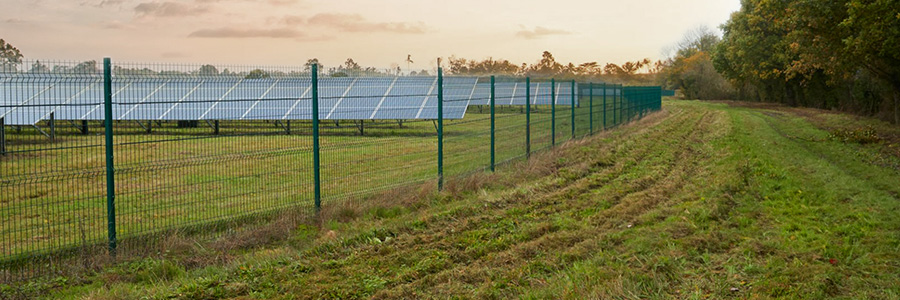
How Much Land Do You Need for a Solar Farm in the UK?
The amount of land required for a solar farm depends on the scale of the installation and the solar panel’s efficiency. That said, let’s break it down a little.
A small 1-megawatt (MW) solar farm would require around four or five acres of land, whereas a 5MW solar farm typically needs 25 acres. Large-scale solar farms, such as Cleve Hill in Kent (set to generate 373MW), span several hundred acres.
The space required for a solar farm needs to account for panel positioning, access routes, and essential infrastructure such as inverters and battery storage.
Can I Turn My Field into a Solar Farm?
Many landowners choose to lease their land to solar developers rather than develop the farm themselves, as this allows them to benefit from a stable, long-term rental income without managing the project directly. However, if you own land and are considering turning it into a solar farm, these are the factors that must be assessed before proceeding:
- Land Suitability: The land should have minimal shading, a stable surface, and good solar exposure.
- Grid Connection: Proximity to the National Grid or a substation is essential for cost-effective electricity transmission.
- Land Classification: Some agricultural land may be protected or restricted from non-agricultural development.
- Environmental and Local Impact: Consideration must be given to the visual impact on the landscape and potential ecological concerns.
Solar farms can be developed on agricultural land, but certain restrictions apply. The UK government generally supports solar developments on low-grade agricultural land (Grade 3b, 4, or 5) to avoid disrupting food production on higher-quality farmland (Grades 1 and 2).
In some cases, solar farms can operate in conjunction with agriculture through agrivoltaics, where livestock (such as sheep) can graze beneath farm solar panels. This dual land use ensures continued agricultural productivity while generating renewable energy.
It’s also important to note that solar farms must be built at a reasonable distance from residential areas to minimise disruption. So, if you’re asking, “How close can a solar farm be to a house in the UK?” the answer is – there are no fixed national regulations on the minimum distance between a solar farm and a residential property. However, planning authorities will assess proximity on a case-by-case basis, and it cannot have a significant impact on visuals or noise for locals; otherwise, permission will not be granted.
What Land is Best for Solar Farms?
The best land for a solar farm would be:
- South-facing or flat land for maximum sun exposure
- Minimal shading from trees, buildings, or other structures
- Good access to infrastructure, such as roads for construction and maintenance, and a viable connection point to the electricity grid
- Low environmental sensitivity/not areas with high conservation value or wildlife habitats
Brownfield sites and unused industrial land are often considered the best locations for solar farms, as this allows developers to repurpose non-productive spaces for clean energy generation.
What is the Minimum Size for a Solar Farm?
Technically, a solar farm can be any size, but a minimum installation of 1MW (requiring 4-5 acres) is generally recommended for a project to be financially viable. Smaller installations will likely struggle to cover the costs of grid connection and maintenance without significant subsidies or private investment.
For landowners with smaller plots, alternative solar options include community solar projects or private installations supplying power directly to local businesses or properties.
The Importance of Security for Solar Farms
Once operational (and even during construction), a solar farm is a valuable asset that requires robust protection. Solar panels, inverters, and cabling are high-value items that thieves can target, especially during this cost-of-living crisis. Vandalism and trespassing can also pose risks to efficiency and safety. This means that to safeguard your investment, security fencing is essential.
Alexandra Security’s Solargard Fencing is specifically designed to provide high-security protection while maintaining visibility and durability. With anti-climb mesh and corrosion-resistant coatings, Solargard fencing ensures your solar farm remains secure without compromising on aesthetics or maintenance requirements.



